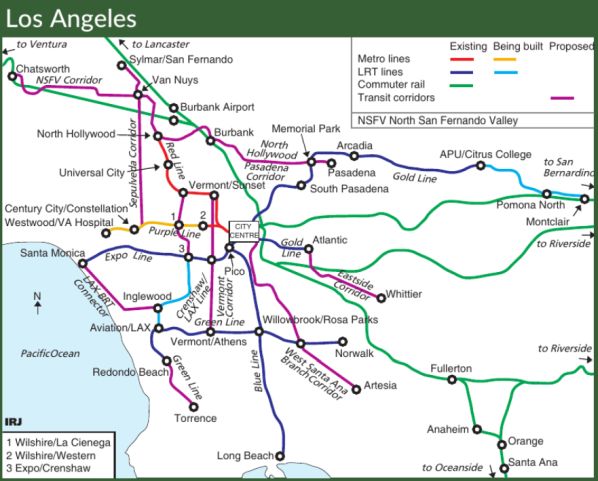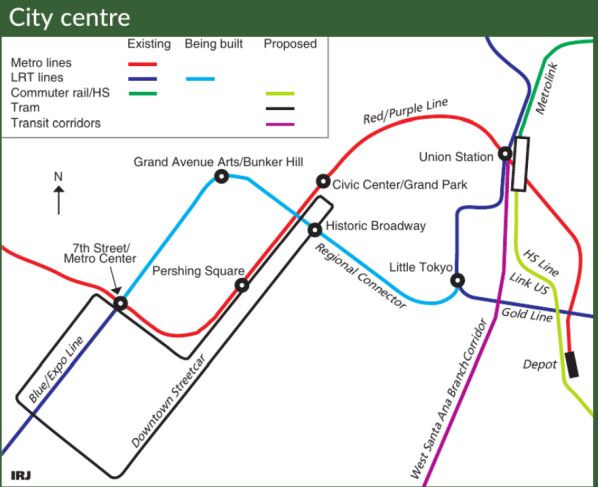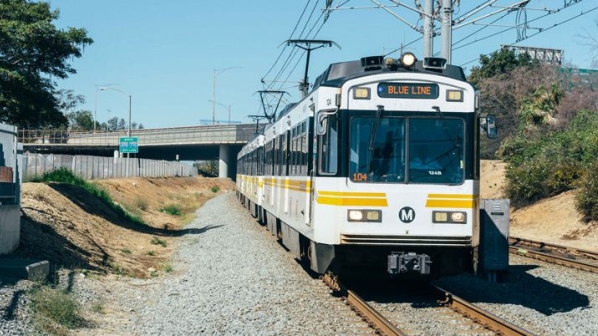The updated 2020 plan outlines the funding, planning, building, managing and maintaining of Metro’s transport system, and how Metro will partner with other entities to deliver projects.
The plan was completed after nearly two years of public outreach, including 77 community events, 38 public meetings and 20,000 survey responses. Metro released a draft in May, followed by a 45-day public review period that ended on July 13.
During the plan, Metro will invest more than $US 80bn to improve, expand and upgrade LA County’s extensive public transit network. This includes adding more than 160km of new lines to the rail network.


Construction is already under way on several rail corridors, such as the Crenshaw/LAX Transit Project light rail line. When it opens next year, it will extend from the Expo Line to the Green Line, with a station at Los Angeles International Airport.
The LRTP also includes more than $US 200bn for operations and state of good repair, as well as $US 38bn in funding that returns to local transit agencies to maintain the local transport system.
According to Metro, the LRTP financial forecast includes revenue from local sales tax, state sources, federal schemes and other sources. Approximately 74% of funding is controlled by Metro, either from federal and state programmes or through locally-generated revenue.
Because the LRTP is a financially constrained plan, Metro noted, the committed investments are programmed to match anticipated funding. The forecast is based on estimated sales-tax growth and existing project cost estimates. Future changes, including those due to the Covid-19 pandemic, “may present challenges that must be balanced within the constrained plan and updated or amended as appropriate.”
Metro’s forthcoming 10-year Short-Range Transportation Plan (SRTP) will address the investments, policies and system improvements needed to advance the 2020 LRTP vision.
“The LRTP provides the funding plan and bold policies needed to move us forward to a future LA County that is environmentally and economically sustainable, while continuing to reduce congestion,” Metro CEO Mr Phillip Washington said. “We are still learning from the current pandemic, but the need for specific long-term and near-term action plans has never been more apparent.”
For more data on metro and light rail projects, subscribe to IRJ Pro.

